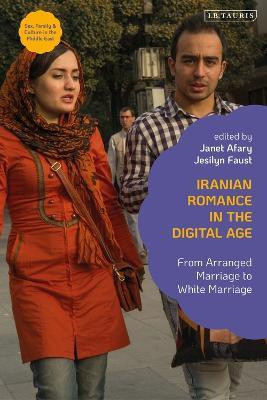Iranian Romance in the Digital Age(English, Electronic book text, unknown)
Quick Overview
Product Price Comparison
Following the 1979 Islamic Revolution, there was a dramatic reversal of women'srights, and the state revived many premodern social conventions throughmodern means and institutions. Customs such as the enforced veiling of women,easy divorce for men, child marriage, and polygamy were robustly reintroducedand those who did not conform to societal strictures were severely punished. Atthe same time, new social and economic programs benefited the urban and ruralpoor, especially women, which had a direct impact on gender relations and theinstitution of marriage. Edited by Janet Afary and Jesilyn Faust, this interdisciplinaryvolume responds to the growing interest and need for literature on gender, marriageand family relations in the Islamic context. The book examines how the institutionof marriage transformed in Iran, paying close attention to the country's cultureand politics. Part One examines changes in urban marriages to new forms ofcohabitation. In Part Two contributors, such as Soraya Tremayne, explore the waytechnology and social media has impacted and altered the institution of family.Part Three turns its eye to look at marital changes in the rural and tribal sectorsof society through the works of anthropologists including Erika Friedl and MaryHegland. Based on the work of both new and established scholars, the bookprovides an up-to-date study of an important and intensely politicized subject.


